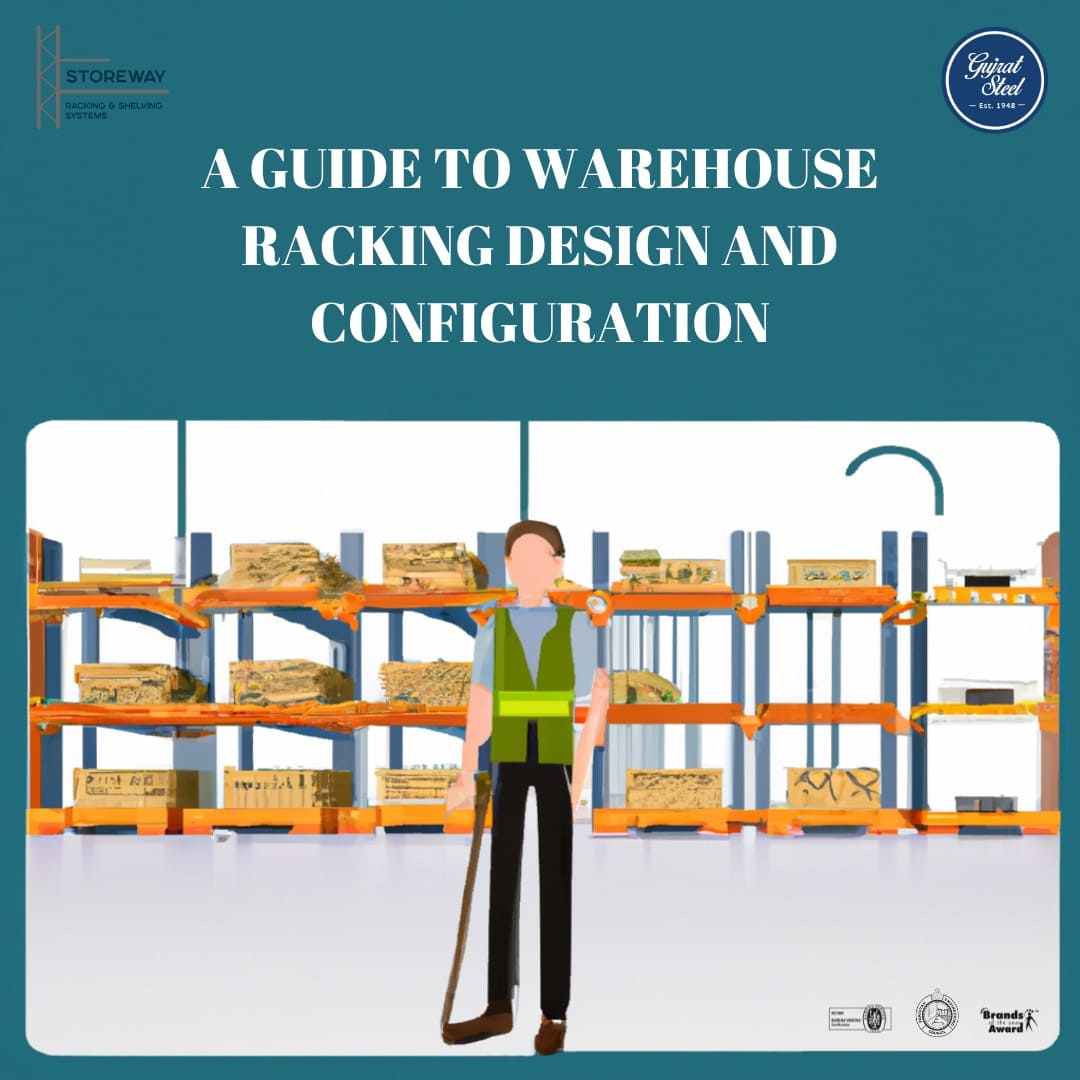Warehouse racking design and configuration is a critical component of any efficient and effective warehouse operation. Proper racking design and configuration can help maximize storage space, improve productivity, and reduce the risk of accidents or damage to inventory. In this guide, we’ll explore the key factors to consider when designing and configuring warehouse racking.
Space and Layout Considerations
One of the first things to consider when designing warehouse racking is the available space and layout of the warehouse. This includes factors such as ceiling height, floor space, and the shape of the warehouse. A warehouse with high ceilings can accommodate tall racking systems, while a warehouse with limited floor space may require more compact racking systems such as narrow aisle or vertical racking. The shape of the warehouse can also impact the design of the racking system, with irregularly shaped warehouses requiring custom racking solutions.
Types of Racking Systems
There are several types of racking systems to choose from, each with its own advantages and disadvantages. The most common types of racking systems include selective racking, drive-in racking, push-back racking, pallet flow racking, and cantilever racking. The type of racking system you choose will depend on factors such as the size and weight of your inventory, the number of SKUs you need to store, and your warehouse layout.
Load Capacity and Weight Distribution
When designing warehouse racking, it’s essential to consider the load capacity and weight distribution of the racking system. The weight of the inventory should be evenly distributed across the racking, with heavier items stored on lower levels and lighter items on higher levels. It’s also important to ensure that the racking system can support the weight of the inventory, including any dynamic loads such as pallet jacks or forklifts.
Accessibility and Retrieval
Another important factor to consider when designing warehouse racking is accessibility and retrieval. The racking system should allow for easy access to inventory, with fast-moving items stored in areas that are easily reachable. The racking system should also allow for efficient retrieval of inventory, with the ability to quickly move items in and out of the racking system.
Safety Considerations
Safety is always a top priority when designing warehouse racking. The racking system should be designed to minimize the risk of accidents or damage to inventory. This includes ensuring that the racking is stable and properly anchored to the floor, using proper safety equipment such as column protectors and end guards, and training employees on safe racking practices such as proper loading and unloading procedures.
Maintenance and Repairs
Proper maintenance and repairs are essential to keeping warehouse racking in good condition and preventing accidents or damage to inventory. Regular inspections should be performed to identify any damage or wear and tear on the racking system. Any repairs should be made promptly, and damaged or worn components should be replaced as needed.
Future Expansion
When designing a warehouse racking system, it’s important to consider future expansion plans. You may need to expand your storage capacity in the future, either by adding new SKUs or increasing your inventory levels. Therefore, it’s important to choose a racking system that can be easily expanded or modified to accommodate future needs. For example, modular racking systems can be easily added onto or reconfigured to meet changing needs.
Cost
Cost is always a consideration when designing warehouse racking. While it’s important to choose a racking system that meets your storage needs, it’s also important to consider the cost of the system. This includes the cost of the racking itself, as well as any installation or maintenance costs. It’s important to balance the cost of the racking system with the potential benefits of improved storage capacity and productivity.
Environmental Considerations
Finally, it’s important to consider environmental factors when designing warehouse racking. This includes factors such as temperature, humidity, and the potential for exposure to corrosive substances. Some racking systems may be better suited to certain environmental conditions than others. For example, a galvanized steel racking system may be more resistant to corrosion than a standard steel racking system.
Conclusion
In conclusion, designing and configuring warehouse racking requires careful consideration of a variety of factors, including space and layout, types of racking systems, load capacity and weight distribution, accessibility and retrieval, safety considerations, maintenance and repairs, future expansion, cost, and environmental factors. By taking these factors into account, you can design a racking system that maximizes storage space, improves productivity, and reduces the risk of accidents or damage to inventory.
If you need assistance with designing or configuring your warehouse racking system, call us today.



